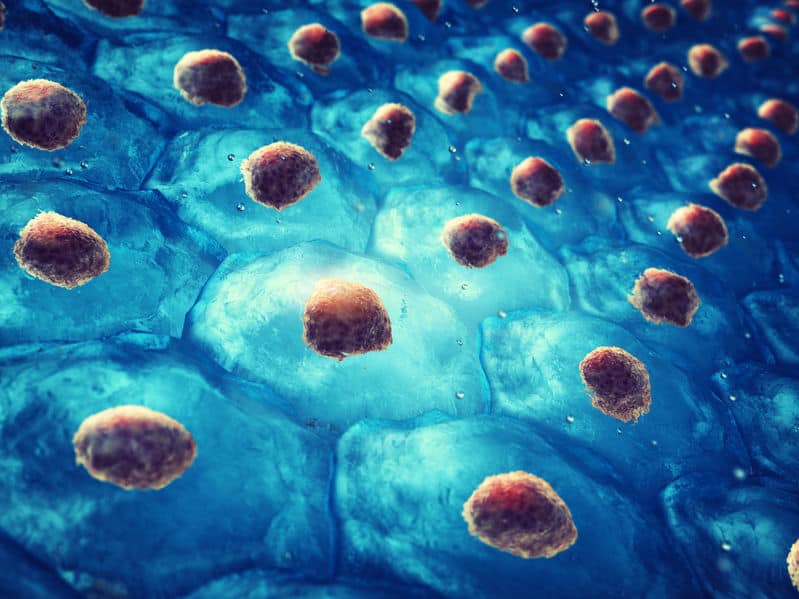What types of insulin do we have and how do they work?
A person without diabetes secretes an amount of insulin continuously throughout the day and after each meal a more significant amount to metabolize the carbohydrates ingested. These two components are replaced by slow-acting, intermediate-acting, and fast-acting insulins. In addition, we also have premixed insulins that include rapid-acting and intermediate-acting insulins in the same device.
We will describe the types of insulin in our market, what we will have very shortly, and the factors that can influence their action.
Intermediate-acting insulin.
It is known as NPH Insulin: its duration is around 10-13 hours, it has a peak of action between 4-7 hours, and begins to be active at 1-2 hours. It has a milky appearance. It is highly variable in its activity from day to day, with a risk of hypoglycemia (low blood sugar) due to its peak action. To cover 24 hours a day, it must be administered in 2 or 3 daily doses.
Long-acting or slow-acting insulins.
Insulin Glargine U100 (Lantus®)
It has a half-life of 20 hours, begins its activity in 1-2 hours, and does not have a very sharp peak of action, which reduces the risk of hypoglycemia compared to NPH. It is usually given in a single daily dose. It has less variability than NPH. Insulin Glargine U300 (Toujeo®) is a transformation of the previous one, with a higher concentration that gives it a longer duration with a half-life of 24 hours and less hypoglycemia with less variability.
Insulin Detemir (Levemir®):
It has a half-life of 12-16 hours, begins its activity in 1-2 hours, and does not have a very sharp movement peak, which reduces the risk of hypoglycemia compared to NPH. Its administration is usually necessary for two doses to cover the 24 hours of the day. It also has less variability than NPH.
Insulin Degludec (Tresiba®):
It is fundamentally characterized by a half-life more significant than 24 hours, which guarantees the day’s coverage with a single injection compared to NPH.
fast-acting insulins
Rapid-acting insulins:
We currently have Lispro (Humalog®), Aspart (Novorapid®), and Glulisine (Apidra®). The three are comparable in their characteristics: they begin to be active 10-15 minutes after being pricked, their activity peak is at 30 -90 minutes, and last between 3 and 4 hours.
Regular insulin (Actrapid®):
It is less physiological; it mimics insulin secretion by the pancreas worse. It begins to be active 30-60 minutes after being pricked. Its activity peak is at 2-3 hours, and its duration is 5-7 hours.
Faster Aspart (Fiasp®):
Its onset is twice as rapid, leading to earlier glucose-lowering than insulin aspart (allowing better postprandial glucose control in the first two hours). The duration is similar, and its maximum action occurs between 1 and 3 hours after injection. It seems that insulin pump users are the ones who could benefit most from this new insulin. Its commercialization is expected very shortly in Spain.
Premixed insulins
There are different pre-established mixtures of fast-acting or regular-acting and intermediate-acting insulins on the market. The drawback is that the percentage of each insulin is fixed, and the insulins cannot be modified individually.




